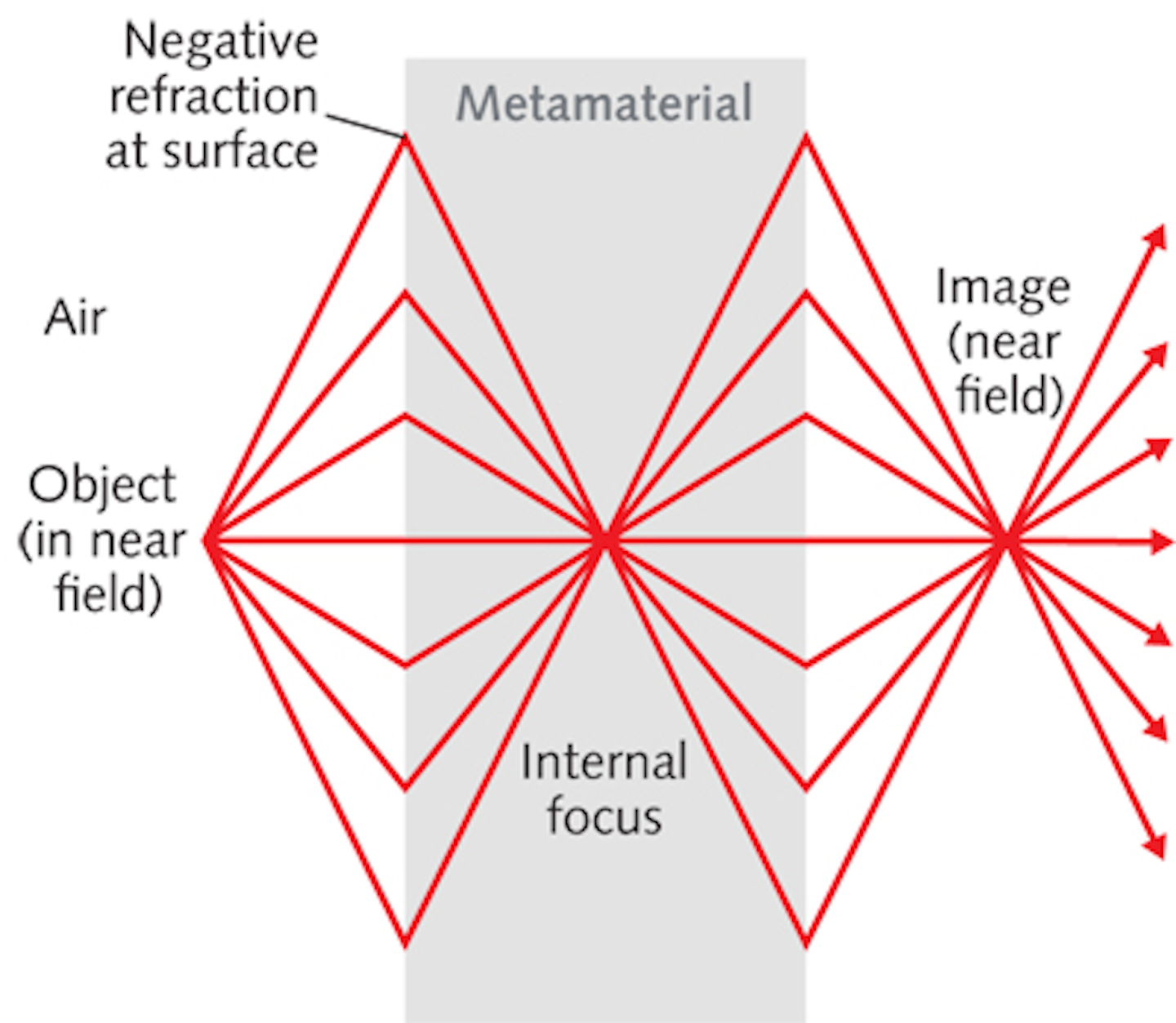As shown in this figure, an illumination with the reference wave Ur reconstructs the objective wave field U0 by interaction with the term UrU0 in the dielectric structure of the physical substrate for memory inside the microtubule structure.
https://www.mdpi.com/2078-2489/3/3/344/htm
So the tubulin is the metamaterial compared to the longitudinal microtubule reference wave.
https://www.ejpmr.com/home/abstract_id/5651
More recently, Jibu and Yasue presented a physically realistic picture of the system of corticon and exchange boson fields, and proposed to cal lthe new quantum field theoretical framework 'Quantum Brain Dynamics' ('QBD')(JibuandYasue,I992a,b,1993a,b). They describe corticon and exchange boson fields as dipolar vibrational fields distributed along protein filaments of the cyto-skeleton and extracellular matrices and associated water fields. Marshall(1989) proposed that Frohlich's' pumped phonons' result in a Bose-Einstein condensate in brain which is the substrate for consciousness.
So that's what they mean by "diameter" - it's the combined of the two tublin.
https://citeseerx.ist.psu.edu/viewdoc/download?doi=10.1.1.460.7774&rep=rep1&type=pdf
So the tubulin is in effect the "insulator" for the Josephson Junction! Ah fascinating.
https://sci-hub.se/10.1142/S0217979296000805
So the big point of this metamaterial claim is that the "subwavelength" is allowed since it's in the same direction of the holographic carrier wave - along the longitudinal direction of the microtubule.
Just like I said! So figure B is the noncommutative phase superradiance state due to the water "pumping" up the tubulin into a coherent laser mode.
Acousto-conformational
phase transitions in the cytoskeleton, adaptive resonance networks with
nonlinear synapses and trainable intraneuronal pattern recognition

So it's the PHONON of the tubulin that is the metamaterial - fascinating!
Right -
By introducing nonreciprocal phases for photons, we observe experimentally a gauge potential for photons in the visible range based on the photon– phonon interactions in acousto-optic crystals, and demonstrate the photonic Aharonov–Bohm effect. The results presented here point to new possibilities to control and manipulate photons by designing an effective gauge potential.
And by "nonreciprocal" they mean noncommutative:
Too funny - the publisher spelled Hameroff's name wrong - so it's listed as HEmeroff. oops.
https://sci-hub.se/10.1109/2.166406
so then
and back to the water:
superluminal acoustic "tunneling": G. Nimtz double prism experiments:
and "negative refraction" metamaterial as tublin
Pendry's superlens can achieve subwavelength resolution by focusing the waves near the surface. Negative-index materials "can actually amplify evanescent waves and thus restore high-resolution details which are inaccessible by classical imaging systems," writes Eleftheriades.4A slab of negative-index metamaterial can serve as a superlens, which essentially produces a time-reversed wave with a negative frequency relative to the original, creating a super-resolution image, says Stephane Larouche of Duke University (Durham, NC). Negative refraction also reverses Snell's law and focuses rather than disperses evanescent waves. The metamaterial has subwavelength resolution over a large area,






No comments:
Post a Comment